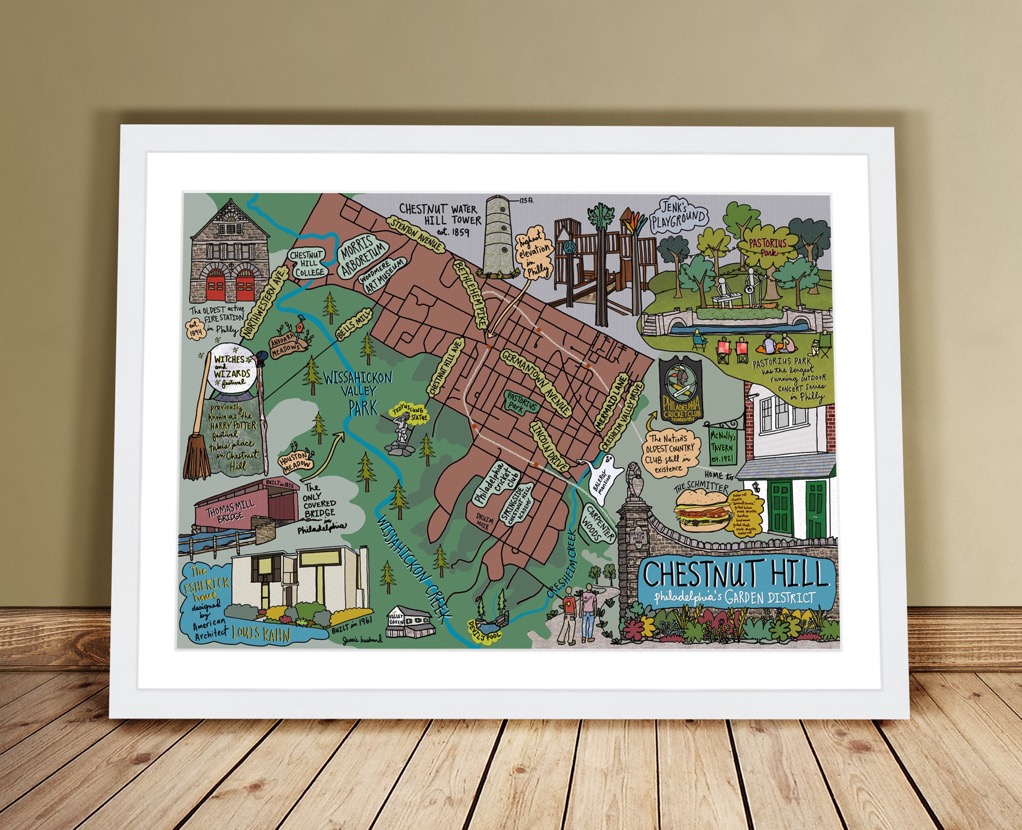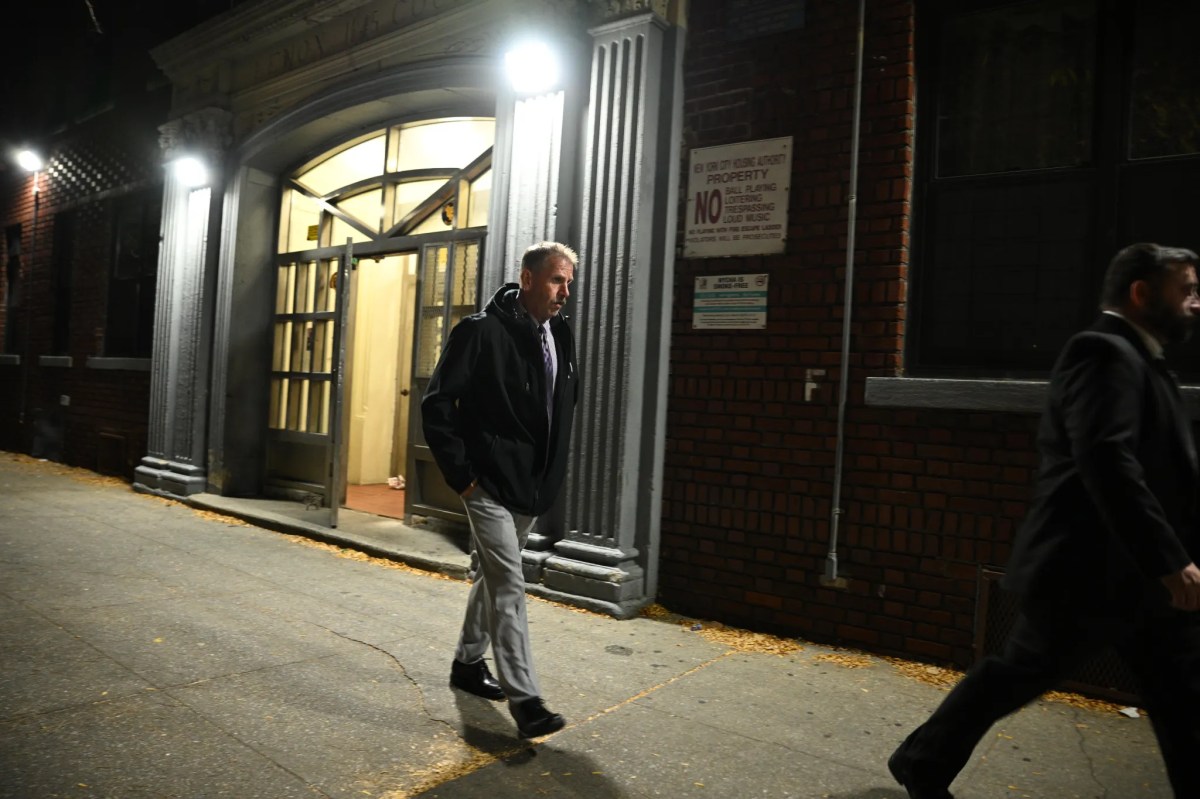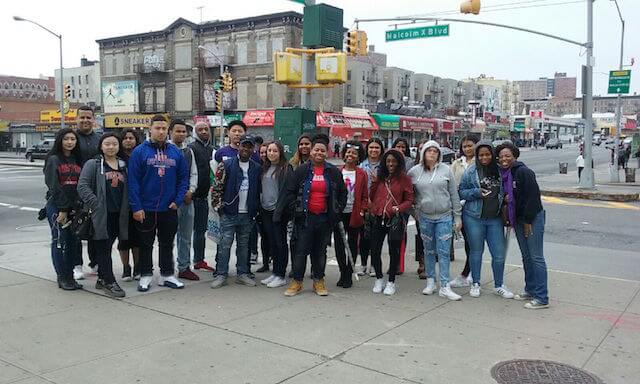“What am I going to do with my life?”
In a job market upended by a digital revolution and a widening chasm between the rich and poor, perennial platitudes like “play to your strengths” and “follow your passion” are no longer satisfactory answers to the above question — if they ever were. RELATED:Claus Meyer’s NYC restaurant policies mean a better meal for everyone Pursuing a singular passion or a linear career path doesn’t make sense in today’s economy, suggests Kelly Ahn, director of career services at The New School in Manhattan, where a more fluid approach to career building called “design thinking” is being embraced. “Our career counseling sessions start with the belief that everyone has the ability to design one’s own career path to be flexible, creative and personalized,” says Ahn.
Design thinking is rooted in the idea that students (and professionals, too) benefit from developing competency in areas that may or may not be directly related to their major or field.
Whereas in the past, students who experimented in multiple disciplines might be considered scattered dilettantes, today’s undergraduates are encouraged to get a wide range of professional skills and experiences under their belt. In a shifting economy where bouncing between careers and jobs is the norm, being versatile is key. RELATED:The biggest myths about the hustle economy
“The rise of artificial intelligence, robotic automation, and machine learning have and will continue to impact all jobs,” says Ahn. “With the rapidly changing job market, working professionals need to develop and evolve their skills.” Though “transactional” services like reviewing résumés and cover letters are still staples of university career centers, The New School is just one of many universities using design thinking to go beyond mere matchmaking between students and jobs. A design thinking approach is experience- and individual-based, says Ahn, and students are encouraged to apply specialized skills to a broad range of industries and disciplines. It’s this “hybrid approach” of the generalist/specialist, says Ahn, that “gives [students] a competitive edge entering the job market, diversifies their professional paths and expands their career longevity.” Design thinking was popularized by the design firm IDEO, and used by companies and organizations as a unique approach to problem solving. In her counseling sessions, Ahn draws on the advice of David Kelly, the founder of IDEO, who once said, “Creative confidence is the notion that you have big ideas, and that you have the ability to act on them.” Generating unconventional solutions and testing out ideas — no matter how seemingly crazy — are key aspects of design thinking. It requires reflection, and embracing ambiguity and challenges.
So what exactly does design thinking look like in the real world?
Consider Loliware, a biodegradable and edible cup made with organic cane sugar, tapioca syrup, seaweed and fruit created by Parsons School of Design (one of the New School’s seven colleges) graduates and “Shark Tank” participants Leigh Ann Tucker and Chelsea Briganti. Or take an unconventional book cartcreated by Parsons graduates specifically for prisons in order to get a range of books into the hand of incarcerated individuals. In both cases, graduates used their specialized knowledge in design to addresses broader issues of environmental sustainability and social responsibility. These are classic — and effective —use of design thinking. “This approach empowers students to continue their creativity so they don’t feel limited or stuck in one profession,” says Ahn.
Perhaps the question for design thinkers is no longer “What am I going to do with my life?” but “What aren’t I going to do?”
The New School is building careers by design

iStock
























